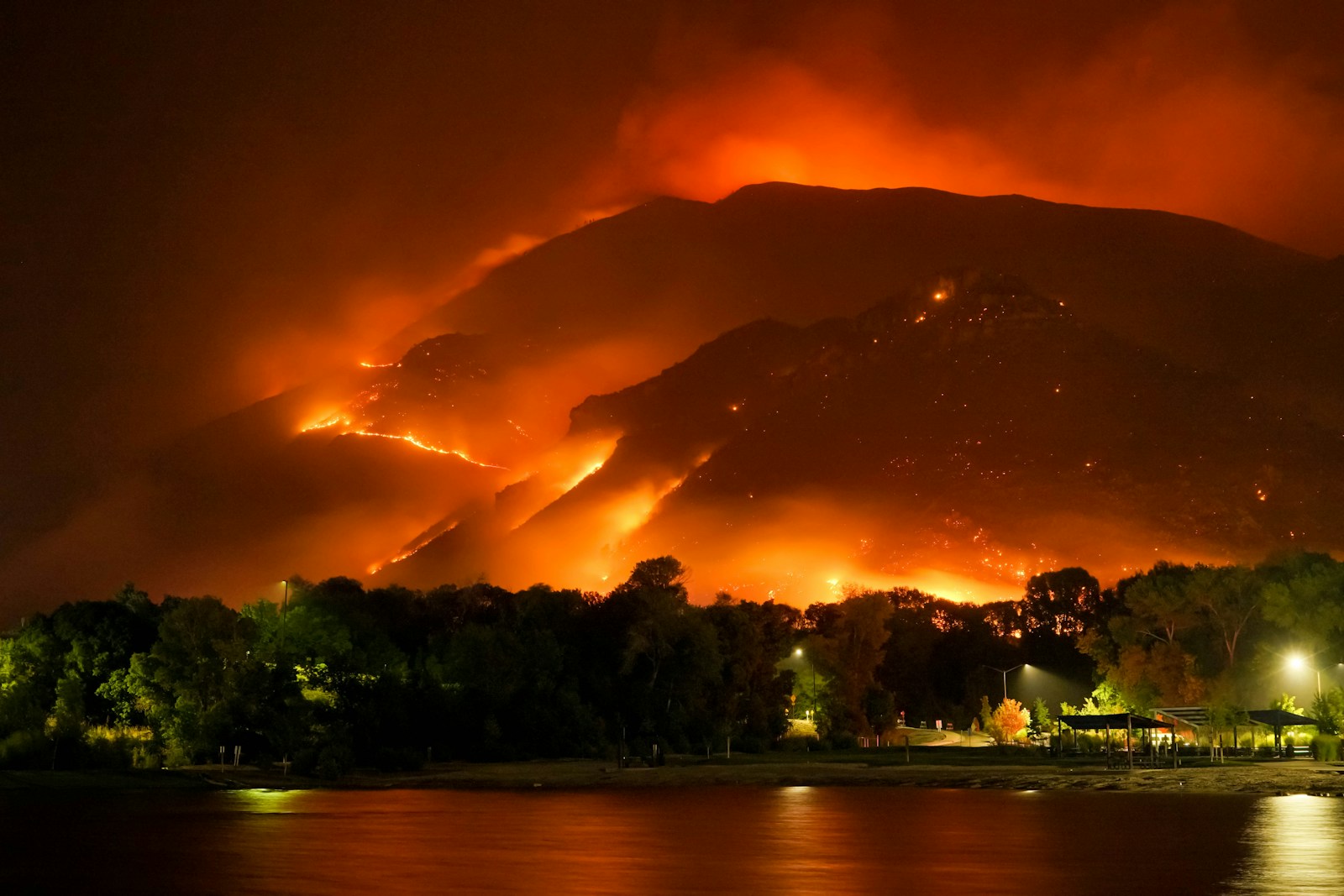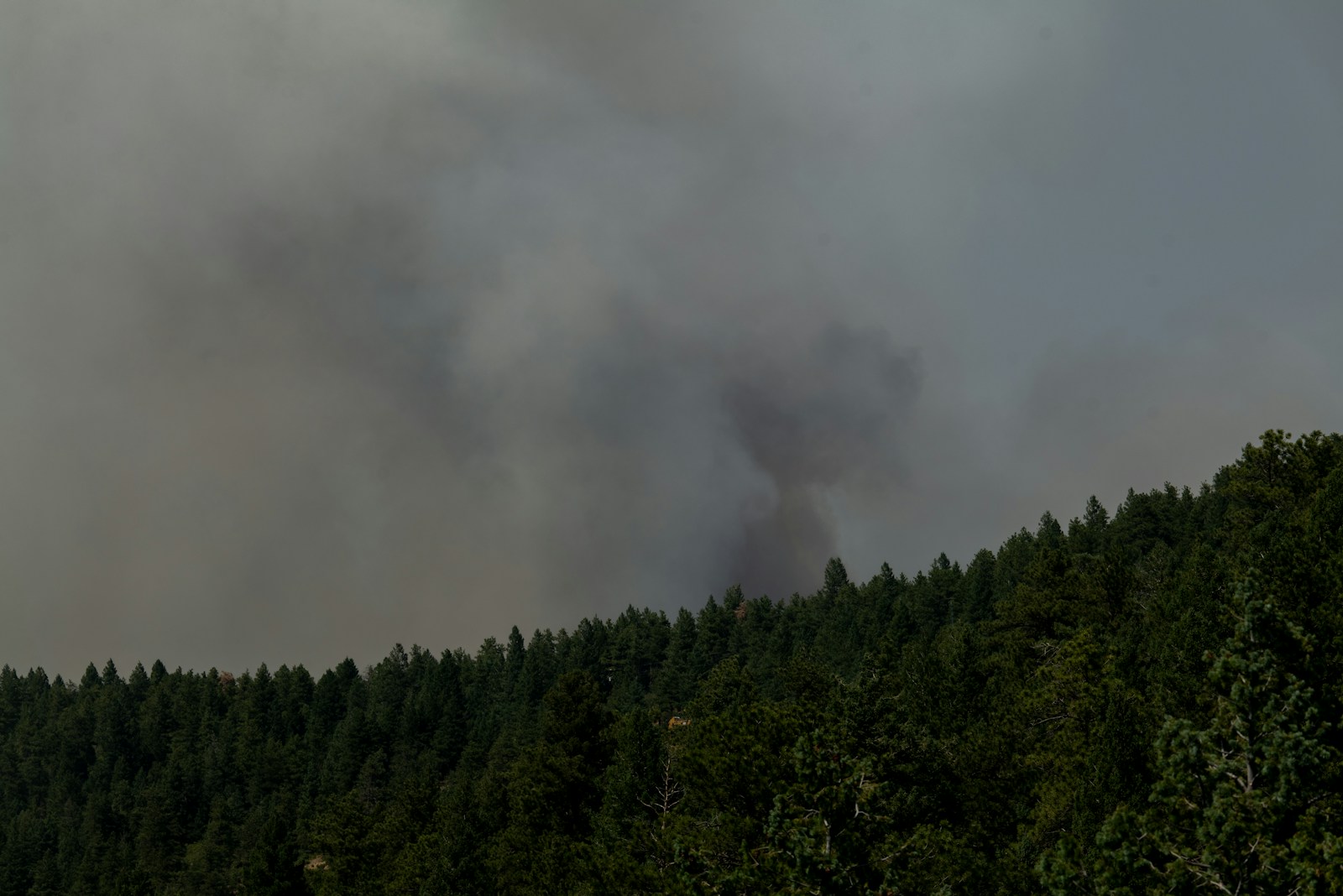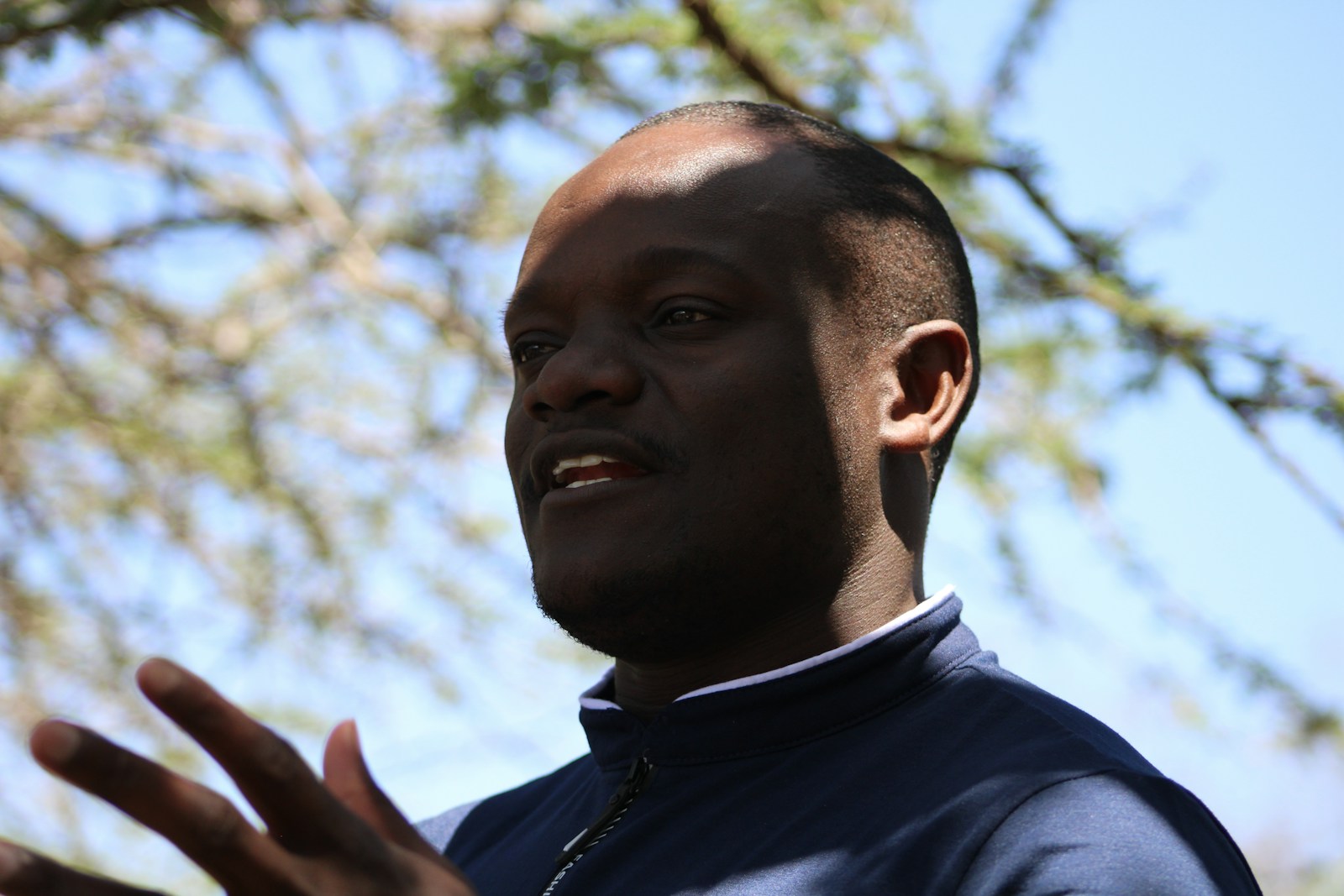Key Takeaways
• Over 440 million people faced wildfire exposure between 2002 and 2021.
• Global burned land area fell by 26% in the same period.
• Africa accounts for about 85% of all wildfire exposure.
• Climate change and land use shape fire patterns worldwide.
• Communities can lower risks with planning and fire-safe designs.
Is Wildfire Exposure Rising Worldwide?
Wildfires grab headlines when they race through forests near homes. Yet most people do not know the big picture. New research shows that wildfire exposure has risen by 40% over two decades. Meanwhile, the total land burned worldwide actually fell by 26%. How can more people face fires when less land burns? Let’s explore what drives these trends and what we can do to stay safe.
Understanding Wildfire Exposure Trends
Wildfire exposure means people living where wildfires reach their homes. From 2002 to 2021, about 440 million people saw a blaze encroach on their houses. That number equals the entire European Union population. Moreover, this risk grew steadily over twenty years.
Surprisingly, the total burned land area worldwide dropped by over one quarter. In some regions, like western North America, fires did spread to new highs. Yet globally, less land burned. The answer lies mainly in what happened in Africa.
Why Burned Area Has Dropped
In Africa, most global burned land sits. Traditionally, large stretches of wild grass and forest burned each year. However, farmers have cleared and divided these wildlands. They turn big prairies into smaller fields and add roads. As a result, fires find it harder to move across open ground.
In addition, some areas now host more crops and settlements. Clearly, that stops flames. Yet it also means more homes sit near those smaller wildland patches. Thus, fewer acres burn, but more people live where fires can reach.
Why Wildfire Exposure Climbed
The rise in wildfire exposure comes from two main forces:
1. Land development in fire zones
As people clear forests and grasslands, they often build homes where fires can flare up. More roads and power lines also raise the chance that someone accidentally sparks a blaze. Thus, when flames ignite, they spread into neighborhoods.
2. Climate change fueling intense fires
Over the last forty years, hot days with low humidity and strong winds grew by more than half. These “fire weather” days make blazes spread faster and grow larger. Even if the burned area falls, the few fires that start can threaten more homes.
Regional Differences and Drivers
Wildfire risks vary by continent. Let’s look at what drives each region’s trends.
Africa
• Accounts for 85% of human wildfire exposure.
• Agricultural expansion puts more people in fire-prone zones.
• Frequent, low-intensity burns clear land for farms.
North America
• Faces hotter, drier, windier conditions.
• Power lines, vehicles, and campfires ignite more blazes.
• Fires like the 2018 Camp Fire and 2023 Canadian wildfires made headlines.
South America
• Increasing droughts and heat waves boost fire intensity.
• Farming moves into wild areas, raising exposure.
Asia
• Growing rural populations live in fire-prone landscapes.
• More days of fire-friendly weather increase risks.
Europe and Oceania
• Exposure has declined as fewer people live in rural fire zones.
• Urban growth drew people away from wildlands.
How Communities Can Reduce Risk
Communities have tools to limit wildfire exposure. For example:
• Vegetation Management
Conduct planned burns or mechanical thinning to remove dry fuel. This step prevents intense wildfires.
• Safe Building Practices
Use fire-resistant materials for roofs and walls. Clear brush and leaves around homes.
• Public Education
Teach residents how to avoid sparks from machinery, vehicles, or campfires. In addition, promote safe evacuation plans.
• Infrastructure Planning
Maintain clearance along roads and power lines. Moreover, burying power lines in key areas can cut ignition sources.
By taking these actions together, communities can create fire buffers. As a result, flames have less chance to reach houses.
What the Future Holds
Wildfire exposure will likely keep rising as climate change intensifies fire weather and as people build homes in fire-prone areas. However, smarter land use and active fire management can slow the trend. For instance, restoring natural fire cycles with controlled burns can reduce fuel buildup. Likewise, zoning laws can prevent new homes in high-risk zones.
Ultimately, understanding how and why wildfire exposure grows helps us make better choices. If we combine practical steps with community planning, we can protect lives and property even as the world warms.
Frequently Asked Questions
1. What is wildfire exposure?
Wildfire exposure occurs when a wildfire reaches areas where people live, putting homes and lives at risk.
2. Why did global burned area drop but exposure rise?
In Africa, farms and roads broke up wildlands, shrinking burn areas but placing more homes near fire zones.
3. How does climate change affect wildfires?
Warmer temperatures, lower humidity, and stronger winds create more “fire weather” days, making blazes more intense and harder to control.
4. What can homeowners do to reduce risk?
They can use fire-safe building materials, clear vegetation near homes, follow burn bans, and have evacuation plans ready.



